Skins, Smurfs and Skyrim: A brief history of PC modding
Transforming games

From simple sliders and skins to full-on, triple-A-like expansions, ‘modifications’ have become the creative bridge that’s combined developers and fans into one talent-infused organism. Through a set of dedicated amateur programmers and designers, a game can live on when its creators move on to pastures new, or be reborn in a wildly different tangent.
Mods aren’t just playthings for closed communities, either. Some of the biggest games of the last decade or two have risen from such tweaked and remapped creations, including the glitchy brutality of DayZ and the no-scoping theatrics of Counter-Strike. Today, mods have become the lifeblood of creative gamers who want to do more than just play a passive role.
They’ve even inspired their very own subcultures, too - even today, machinima and demoscene (where users take game assets and use them to create short films) have made helped some of the biggest games escape their original confines and reach new audiences.
”The story starts, like most things connected to the genesis of gaming, in the 1980s.”
Some studios have even started monetizing user-generated content (which has thrown up its own controversies into the mix). But how did it all start, and how did the humble mod get to where it is now?
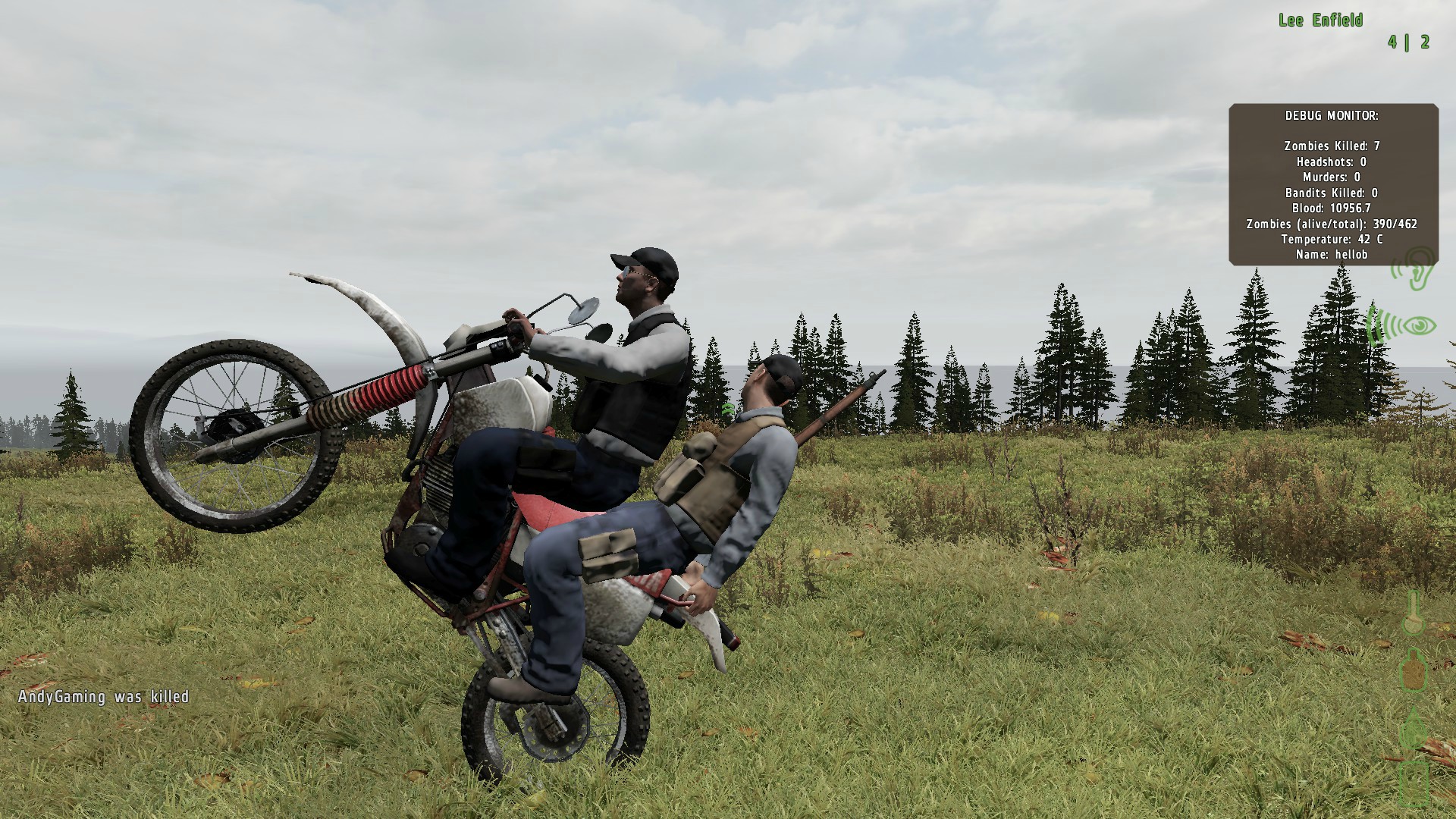
Smurf-tastic
The story starts, like most things connected to the genesis of gaming, in the 1980s. More specifically, it started with The Smurfs. No, seriously, the proper beginning of the PC modding community really found its origins with a bunch of miniature blue characters with white hats and a penchant for mushroom-based accommodation.
Modding (or ‘cracking’ as it was originally called, referring to the idea of cracking open a game’s source code) had slowly started appearing as early as the ’60s and ’70s.
Hardcore programmers, or ‘crackers’, were splitting open titles on the Apple II and Commodore 64, adding in changes to gameplay, replacing story elements and updating audio. However, like most subcultures in their infancy, cracking was an ultra-niche endeavour that was hardly going to bother the mainstream.
Get daily insight, inspiration and deals in your inbox
Sign up for breaking news, reviews, opinion, top tech deals, and more.
Come the arrival of the ’80s, and the Muse Software-developed Castle Wolfenstein had become a videogame hit, thanks in no small part to its WW2 setting, stealth mechanics and unique ranking system (an element that was well ahead of its time in 1981), but for Silas Warner (one of the first people to be hired by the Baltimore-based studio), building sprites of Nazis was just the beginning.
Warner had already turned his hand to modding the lesser known Commodore 64 platformer, Dino Eggs, by adding Smurfs, but now he wanted a bigger challenge. His experience developing Castle Wolfenstein (a game that eventually inspired id Software’s Wolfenstein 3D over a decade later) gave him all the convincing he needed to start modding a much bigger scale. So out went the Nazis, and in came The Smurfs and his very own gun-toting hero, Smurfbutcher Bob.
“Castle Wolfenstein was a terribly fun and addicting game but something was missing,” comments Warner on the official, if slightly outdated, Castle Smurfenstein webpage. “Nazis just didn’t seem that threatening to a suburban high-school kid in the early ’80s. Smurfs. That was the real threat now."
According to the veteran game developer, the conversion itself was actually pretty straightforward. To complete the entire mod, Warner used a paint program, a sector editor and The Voice (a bespoke audio suite used by Muse Software to alter the babbling German voices of the Nazis). It also didn’t take that long to complete the whole project, with Warner managing to Smurf-ify the whole game in the summer of 1983.
“Nazis just didn’t seem that threatening to a suburban high-school kid in the early ’80s. Smurfs. That was the real threat now.”
Silas Warner
“So we changed the game,” adds Warner. “The Nazi guards became Smurfs, the mostly unintelligible German voices became mostly unintelligible Smurf voices. We created a new title screen, new ending screen, new opening narration, and an opening theme, and changed the setting from Germany to Canada. (I’m still not too sure why we had this Canadian fixation, but then growing up near Detroit does expose one to a fair degree of Canadian culture.)”
Castle Smurfenstein proved modding was a) completely possible with the right skills and b) had the potential to gain lots of traction with other gamers if it had the right kind of pop culture resonance.
Okay, The Smurfs aren’t exactly going to start any viral revivals anytime soon, but back then, having a recognisable brand attached to an already popular videogame was a potent combo.
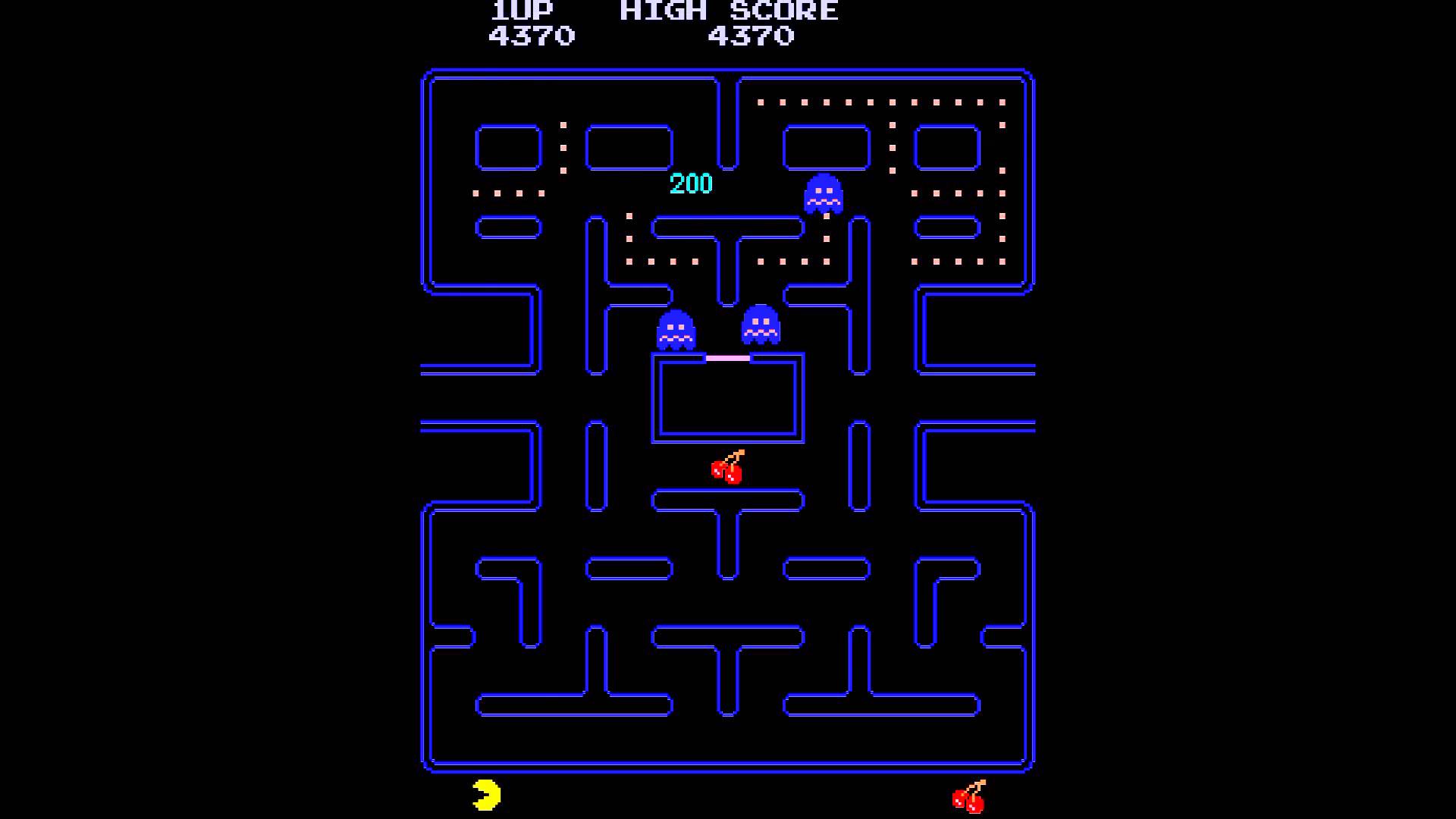
As the decade trundled on mods started to pop up more and more, with crackers adding in updated or completely overhauled intros (complete with new text, fresh animations and original music) as the new calling card of a rapidly growing subculture.
These intros eventually involved into another sub-culture (a sub-sub-culture, if you’re keeping track) known as ‘demoscene’, where creators modified existing game assets to create everything from new demos to short film-esque presentations.
Mount Doom
Cracking would also lead to some of the earliest examples of copy infringement and videogame piracy, with publishers and developers not taking too kindly to members of the public taking their assets, rebranding them and selling them on.
Mods of Pac-Man and Space Invaders (two of the first proper gaming icons) were pretty common in the right circles, and even eventually led to the rise in ‘cracked’ consoles being able to play illegal copies of games in the 1990s.
So the 1980s proved to be the decade where modding really started to grow, but it would take a videogame megahit in the ’90s for the subculture to really gain momentum.
Released in December 1993, Doom became a landmark for the industry. Fast, brutal and dripping with gore-splattered cyberdemons, the corridor shooter courted controversy in the mainstream media for its adult content and, naturally, proved you didn’t need moustachioed plumbers or speedy blue mammals to succeed. It had blood, and lots of it.
With Doom proving so popular, developer id Software realised modders and crackers were also taking a shine to its original source code just as they had with their previous shooter, Wolfenstein 3D.
With so many other studios not taking too kindly to having their intellectual properties being remade among amateur programmers, id founders Tom Hall and John Carmack decided to embrace the community of modders that passionately loved their games and released a WAD file (later known as a software development kit) that contained all the textures, sprites and map designs for Doom.

The Doom WAD file changed modding forever. Rather than having to crack a game open to find all the juicy coded bits in the middle, modders were given everything they could possibly need to slightly adjust or completely overhaul their new favorite shooter. There was, however, some people at id Software who weren’t too happy that its founders were effectively giving the secrets of their game away for free.
Some modded versions of the game - such as the hugely successful D!ZONE - were making more money than the retail version of the game (thanks in no small part to the rise of the CD-ROM and the lack of reliable household internet access), but Carmack was determined to give users the kind of tools he would have wanted when he was hacking games on his Apple II as a teenager.
“To this day I run into people all the time that say, whether it was Doom, or Quake, that that openness and that ability to get into the guts of things was what got them into the industry“
John Carmack
“The ability to go several steps further and release actual source code, make it easy to modify things, to let future generations get what I wished I had had a decade earlier - I think that’s been a really good thing,” recalls Carmack in an interview with Wired on the 20th anniversary of Doom.
“To this day I run into people all the time that say, whether it was Doom, or maybe even more so Quake later on, that that openness and that ability to get into the guts of things was what got them into the industry or into technology. A lot of people who are really significant people in significant places still have good things to say about that.”
Cormack and co even went as far as including two of the most popular fan-made missions in the retail release of Final Doom in 1996. Modding had hit the mainstream, and it had hit hard. But with all that power came - you guessed it - responsibility.
All those freeware versions of Doom were selling well, but not a single cent was making its way back into the studio or the community. So id Software asked its community of modders to only create content for registered versions rather than all those naughty freeware ones.
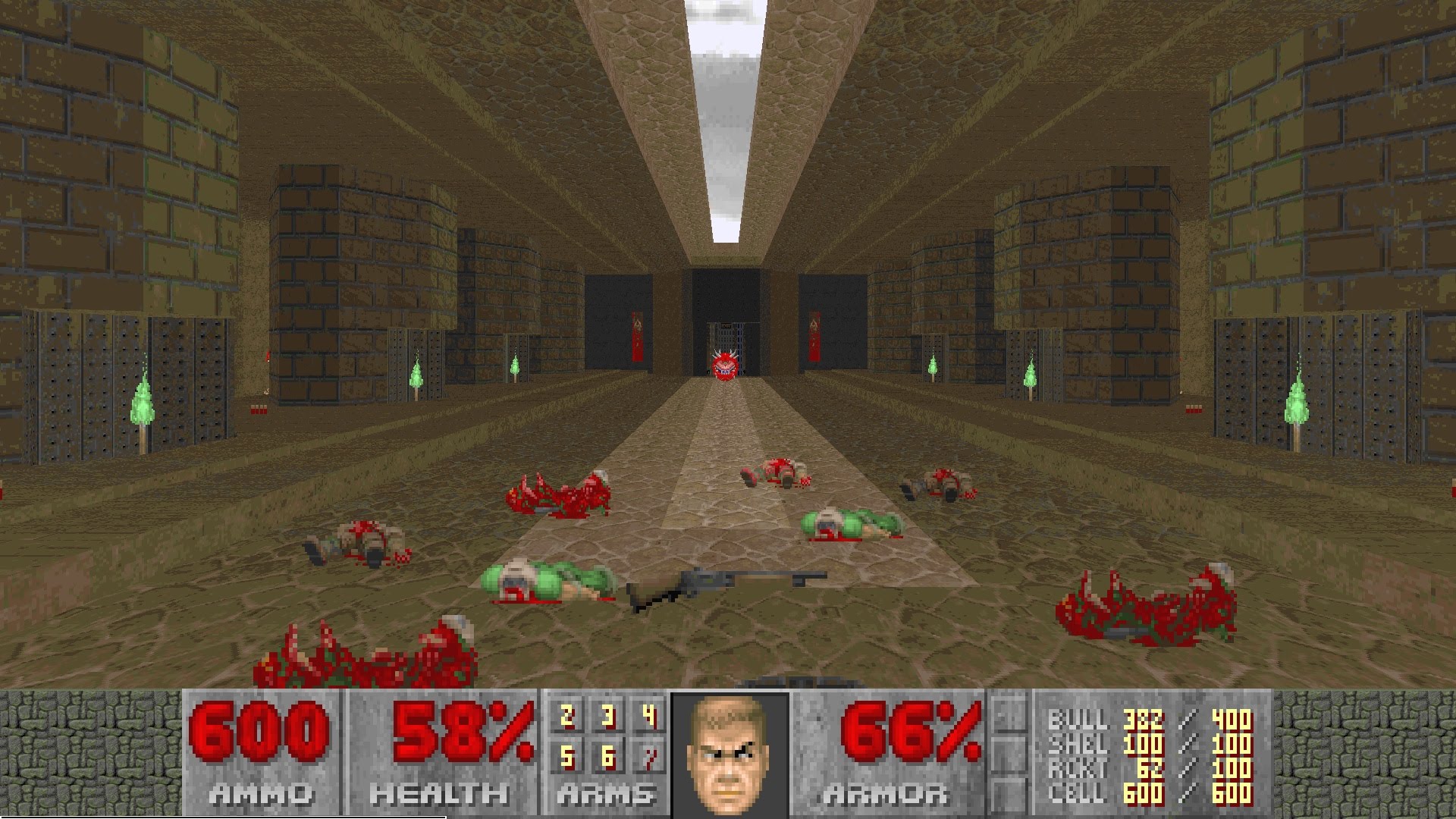
Rather than feigning indignation, the Doom community embraced the notion and soon mods for the official version became the norm.
It was this sense of cooperation and mutual creativity that helped turn the iconic shooter into the catalyst that galvanized modding into a legitimate medium that benefited both sides of a game’s life cycle.
Half-Life after death
The world of modding continued to grow on PC as the ’90s rolled by, but it wouldn’t be until the arrival of a certain game called Half-Life that user-generated content hit an even higher gear.
The debut title from Valve (a small outfit you’ve probably never heard of - apparently it’s done a few things for PC gaming) was a landmark in its own right, but with a revolutionary approach to in-game physics and a highly customizable engine it had experienced amateur programmers chomping at the bit.
The GoldSrc engine (which was simply known as ‘the Half-Life engine’ by users and in-house developers at Valve until the creation of Source) was actually a hybrid, combining base code from the first few games in the Quake series and original code created by Valve itself.
Valve kept adding new elements to the engine, including patching in the map creation tool WorldCraft (which had become hugely popular with modders who wanted to turn Quake into a hub of enthusiastic amateur creations).
Half-Life’s GoldSrc engine was soon being licensed out to third-parties on both PC and console, but it was also being embraced wholesale by the modding community. Titles such as the co-operative-focused Sven Co-Op, the horror stylings of Cry of Fear and the RTS/FPS mashup of Natural Selection were all making waves across the industry (with a number of them eventually becoming standalone titles in their own right), but none of them had quite the impact that a certain mod called Counter-Strike.
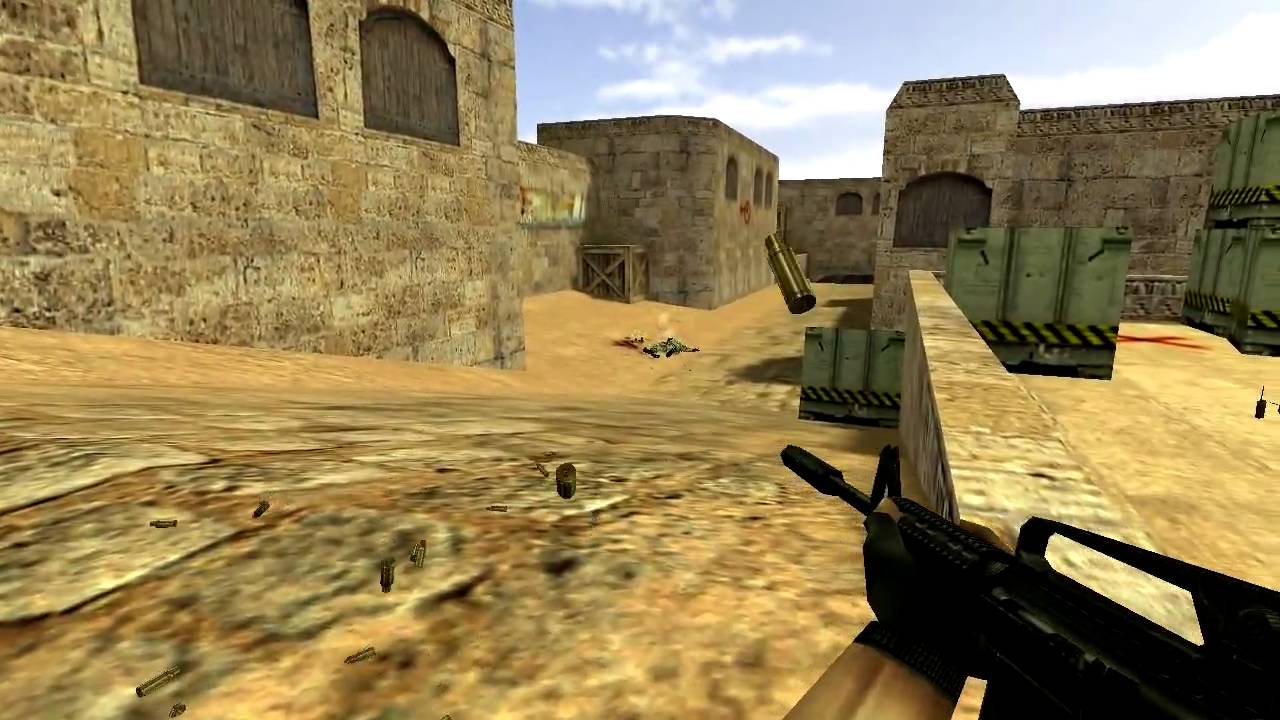
The brainchild of Jess Cliffe and Minh Le, two young designers with plenty of modding experience under their collective belts (Minh had spent years working with id Software’s revolutionary software development kit, while Cliffe helped bring Half-Life creators closer together with his map archive site, Silo X), Counter-Strike was an instant hit.
With the robust ballistic physics of Half-Life at its core, Counter-Strike’s simplicity was its key to success. Pitting two now iconic sides against one another, the endless war between the Terrorists and Counter-Terrorists became so popular Valve went right ahead and hired both Le and Cliffe on the top and acquired the intellectual rights.
A Morrowind up
While Counter-Strike itself was now going all Inception and inspiring users to create mods of a game that was already a mod itself, other big titles on PC were making waves in the medium once known as cracking.
Remedy’s bullet time-loving noir shooter Max Payne blasted onto the scene like a digital Chow Yun Fat in 2001 and the mods that followed (including Matrixed Reality and The Real World, two mods that put the turgid Enter The Matrix game to shame) were an instant hit with fans and the game’s original creators.
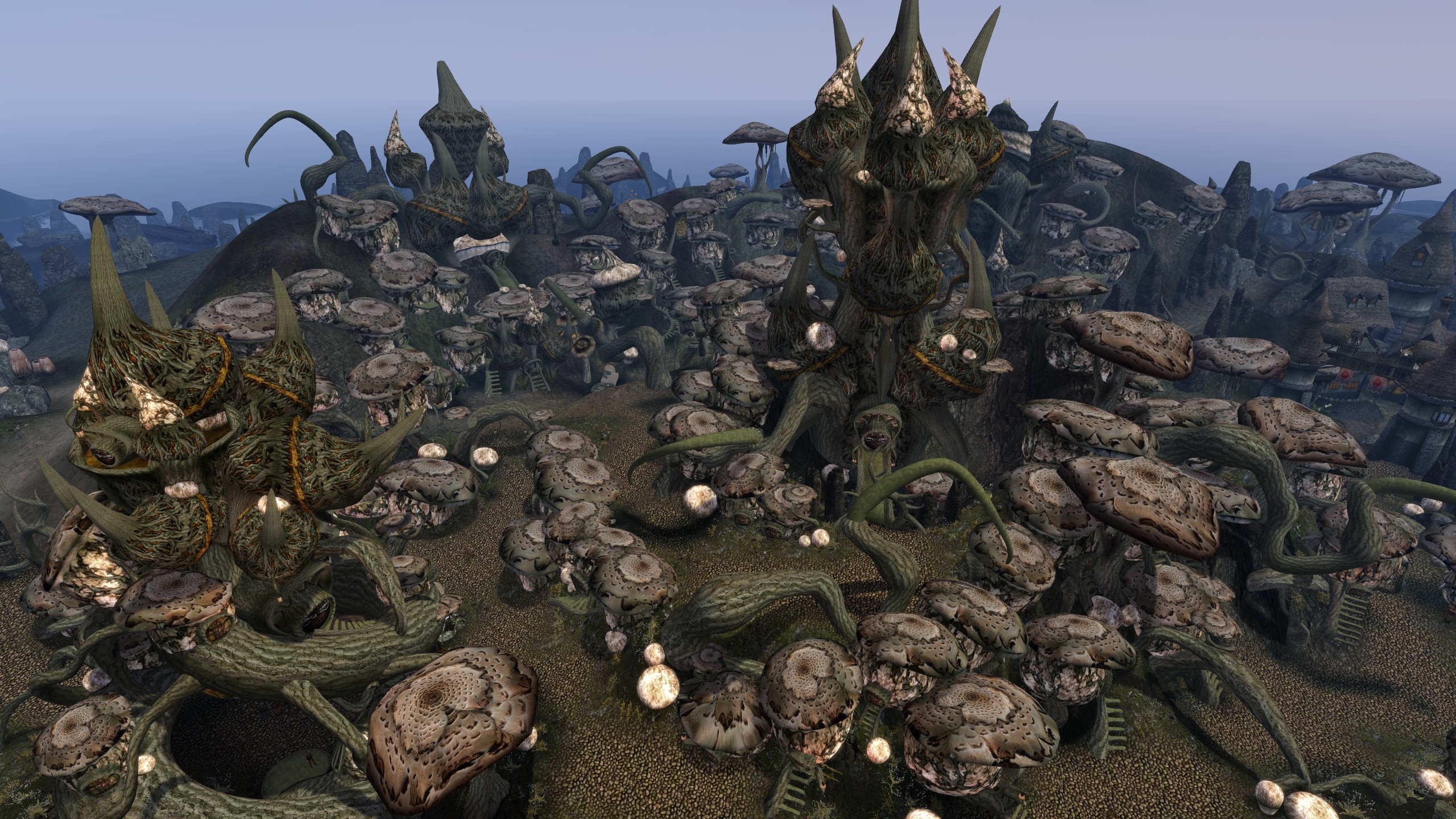
So were the fan-made expansions, updates and full-on overhauls for Bethesda Softworks much loved action-RPG, The Elder Scrolls III: Morrowind.
Released in 2002, the third Elder Scrolls entry is still one of the most beloved games in the series, and it’s still receiving fresh mod updates from an ever faithful community long after its original developer moved onto chiller pastures new.
By 2008, modding exploded yet again with the arrival of a little game called Grand Theft Auto IV. The long awaited sequel brought with it a brand new in-game engine (Rockstar’s own Rockstar Advanced Game Engine) and a unique procedural animation tool, Euphoria, to create one of the most exciting source codes to modify.
Even the fact that the PC version was delayed and ended up arriving eight months after the release of the console versions didn’t dampen spirits.
You just need to look at the sheer breadth of modifications available for the game today - shaders, animation tweaks, skins, physics alterations, vehicle models and countless others.
You can do everything from completely change every audio file to graphical upgrades that make it look better - yes, better - than Grand Theft Auto V. You might scoff at such a claim, but GTA IV holds a very special place in the hearts of modders to this day.

A year later, Minecraft dropped, and modding changed again. The Swedish-made creation suite gave users the power to build anything in blocky form, but it’s the projects created at the back-end of the game that have really kept its industry-dominating campaign going.
Everything from simple texture mapping packs to full-on lighting overhauls have seen Minecraft on PC become a living, breathing ecosystem of users creating content both in and with Minecraft’s simple yet astoundingly deep creative potential.
Now you can build entire worlds in Minecraft with photorealistic textures, lighting and atmospheric particle effects. Some of the biggest and most popular texture packs have been been embraced by developer Mojang and filtered out to other, less-modable platforms just so we can all enjoy the creative fruit of such a unique experience.
”DayZ took the basic combat physics of the original shooter and melded it with a world full of extra-peckish zombies.”
While Minecraft was just starting to make a deep impact in the modding community, a tactical squad shooter by the name of ARMA 2 arrived. Some of you might not have heard of it, but we’re almost certain you’ve heard of the once-beloved DayZ.
Now a standalone title in its own right, the DayZ mod (which eventually arrived in 2013), took the basic combat physics of the original shooter and melded it with a world full of extra-peckish zombies
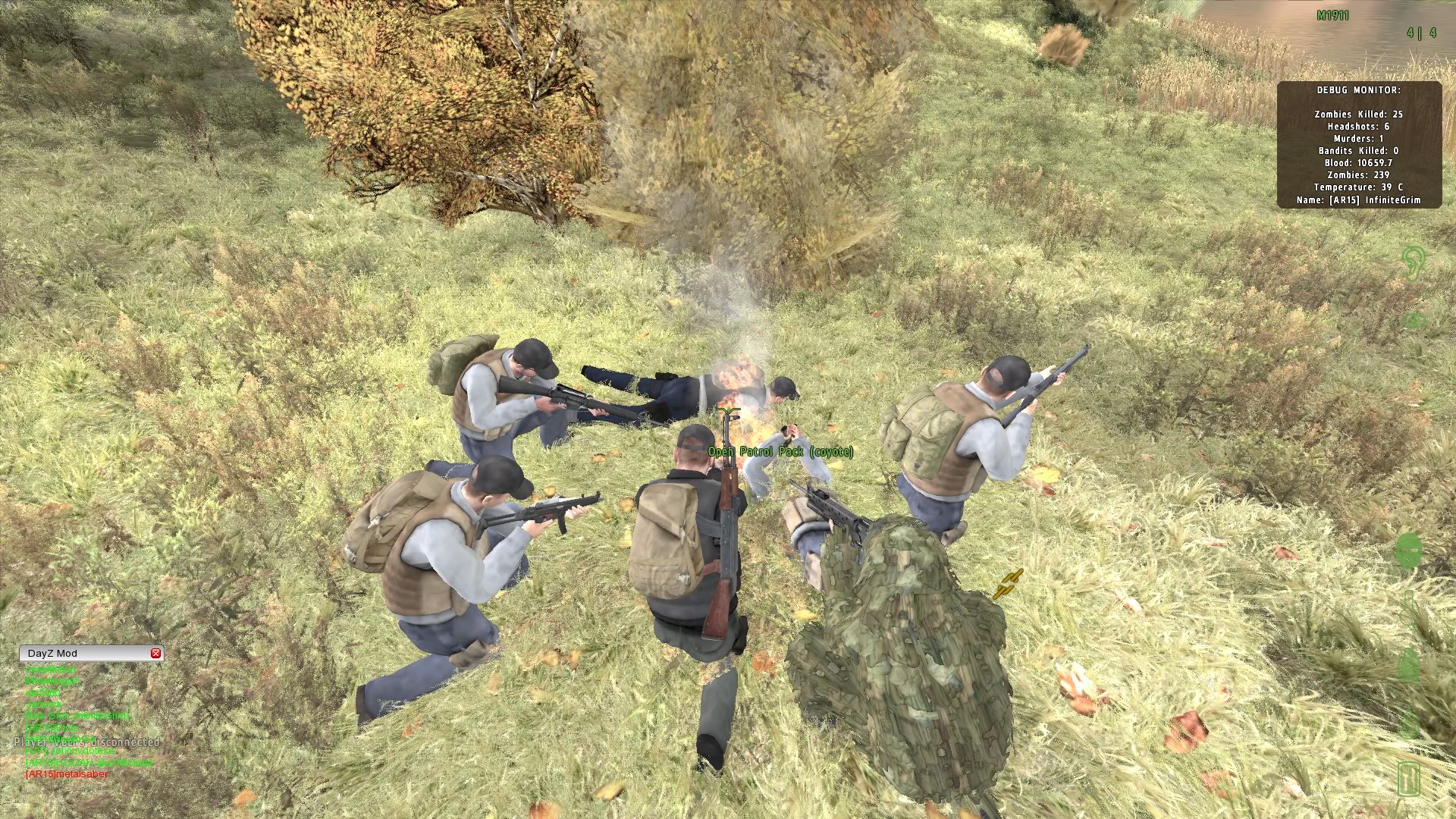
The game sent sales of ARMA 2 through the roof, mainly because DayZ was less a shooter with shuffling undead enemies, and more a brutal social experiment that tested how aggressive or caring players could be in a game focused entirely on survival. The mod put creator Dean ‘Rocket’ Hall on the game development map and turned DayZ into the mainstream poster boy for modern modding.
Skyrim’s the limit
Of course, we’d be remiss if didn’t mention perhaps /the/ most modded game of all time. The Elder Scrolls IV: Skyrim had a tough task ahead of itself in 2011. Not only did it have to follow-up on the brilliance of Morrowind, but Bethesda had to create something that would be just as attractive to the modding community as it would be to gamers who simply wanted to swing axes at Dwemer constructs and stab people for the Dark Brotherhood.
The mods of Skyrim have become an entire subculture unto themselves, which isn’t bad for a game that’s almost six years old. Many of them have become so popular they’ve gone viral countless times, embedding themselves in modern popular culture.
Dragons that sound like Macho Man? Thomas the Tank Engine in Skyrim? Cheese for everyone? The list goes on.
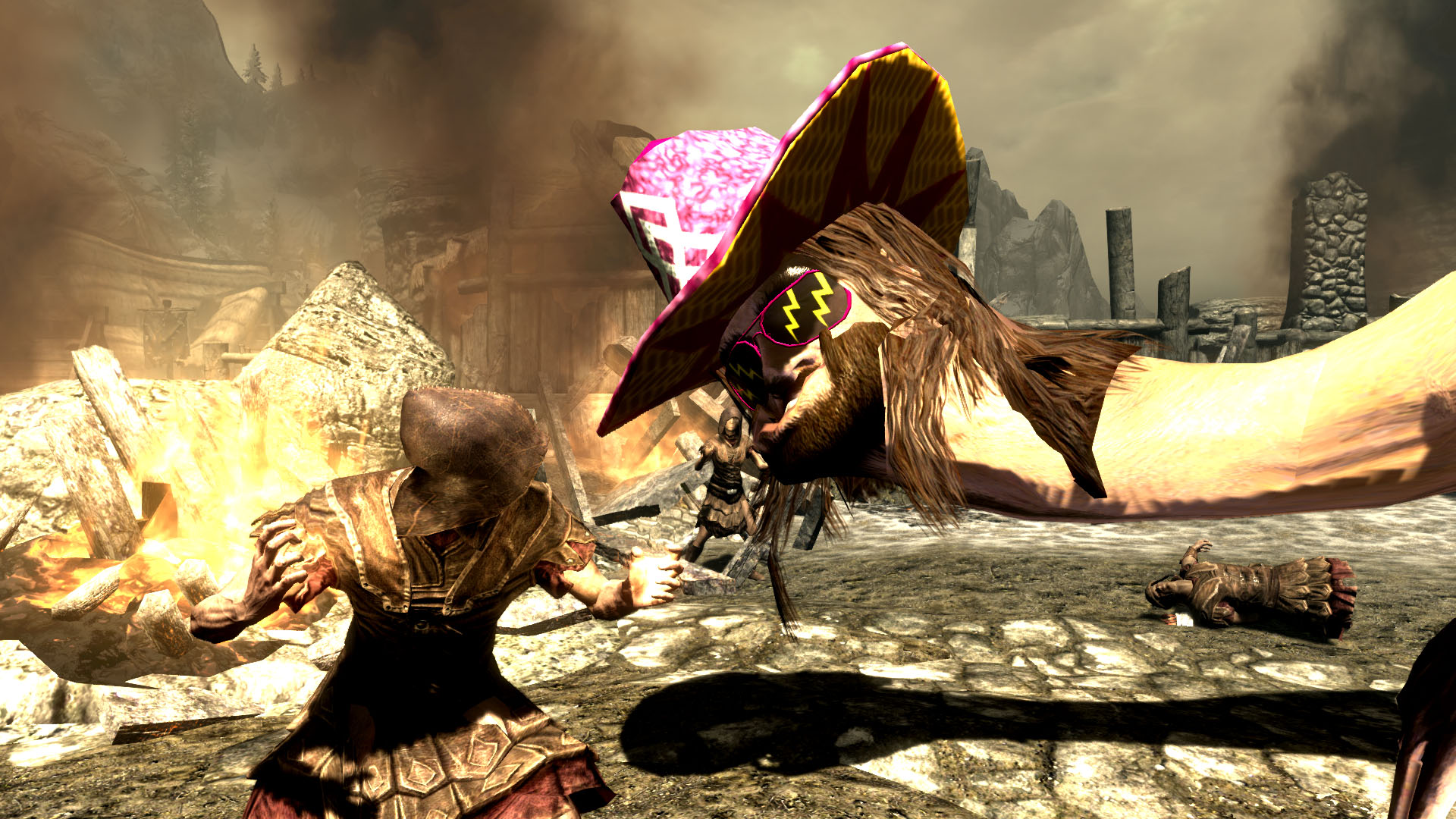
Skyrim has also become a platform for modding together the entirety of Tamriel. While ZeniMax Online has only just launched its own Morrowind expansion for The Elder Scrolls Online, modders have been slowly constructing each region of the fantastical TES realm into one giant open-world for years.
The TESRenewal Project, which includes the vast and breathtaking Skywind (which links both Skyrim and Morrowind) has a huge team of volunteer programmers and designers working on it, and is so big (including another project Skyblivion, that merges Skyrim and Oblivion) it’s currently in an alpha stage like a legitimate game.
Of course, there are always going to the bad that comes with the good. All that hard work shouldn’t always be for nothing, and modders are still getting a raw deal when it comes to seeing a little kickback for their efforts.
Bethesda remains the classic example. Its old Steam Workshop setup with Valve - which saw content creators getting a measly 25% for their content - has thankfully been partly traded in favour of a new Creation Club that sees the publisher working closer with external creators.
To be honest, we’re only just scratching the surface. Modding is less a small community circling the edge of PC gaming, but a fundamental part of the entire industry.
Through user-generated content, that barrier that once divided creator and gamer has been almost entirely taken apart.
Modders have now become a talent pool too palpable to ignore, with studios across the world picking up amateurs and turning them professional. It may have had humble beginnings, but now there’s no denying the age of the mod is now.